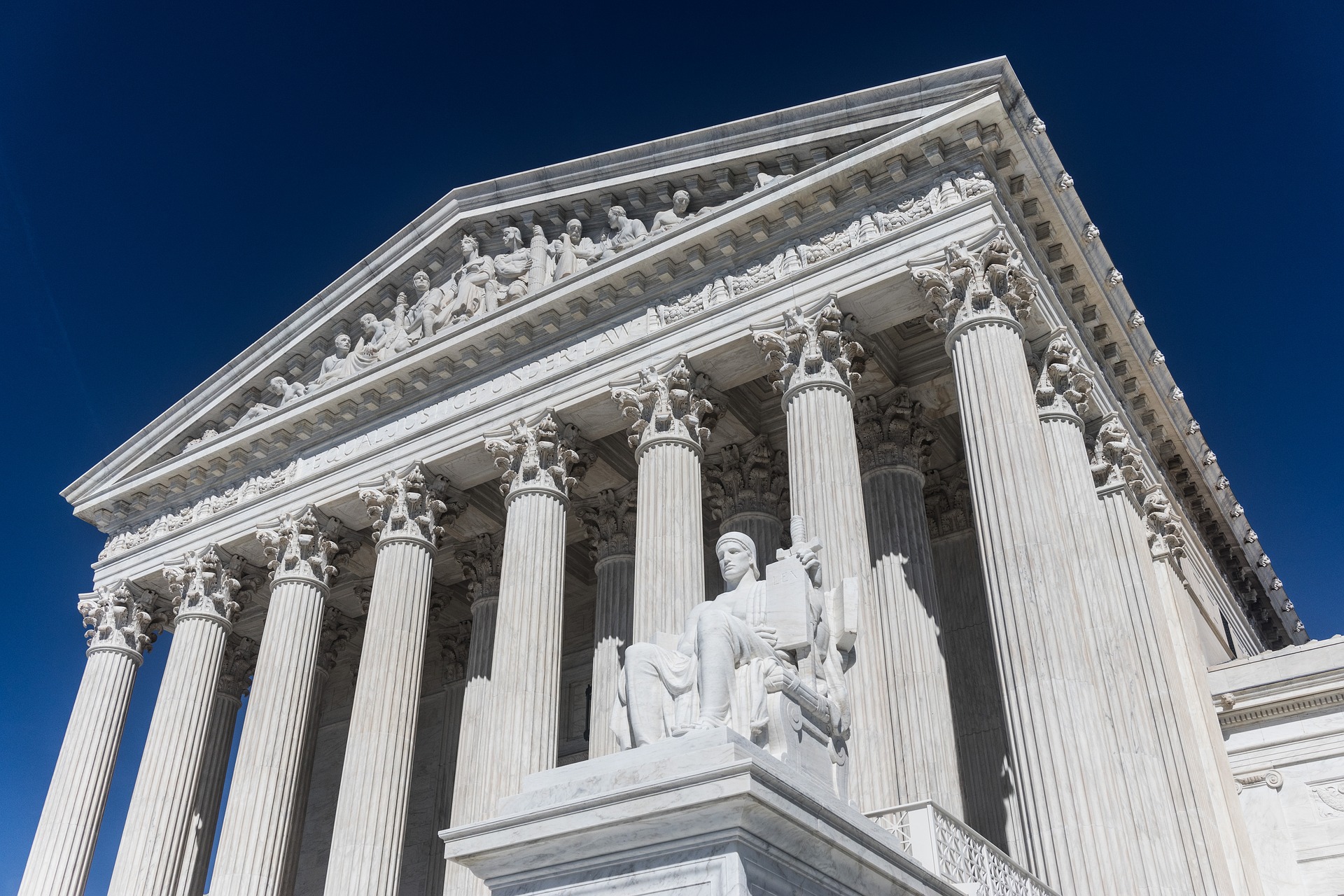Media mistakes happen all the time. Publicists joke about mangled names and massacred quotes, and even The New York Times – especially The New York Times – is regularly skewered over its errors and omissions.
But occasionally media get it wrong in a big way, – an unforgivable, historically indelible, “Dewey Beats Truman” way. That’s what happened when the Supreme Court announced its ruling on the constitutionality of the Affordable Healthcare Act. Both CNN and Fox News reported the decision inaccurately, and not just for a second, and not only in the details. CNN’s banner blared “Supreme Ct. Kills Individual Mandate” as wire reports from Bloomberg, the AP, and other networks carried a different headline. Within seconds, the story that Obamacare was dead was shared, tweeted, posted, hashtagged and live-blogged. CNN didn’t correct the story until 12 long minutes after its initial inaccurate report.
For a fascinating play-by-play on how this happened, see Tom Goldstein’s account in SCOTUSblog. Goldstein explains that technology was a contributing factor to the confusion; the Court declined to email the decision to reporters, confident that its servers would hold up against the onslaught of those with a stake in the outcome. Of course the servers crashed, and the only people in possession of the decision for a full half hour were those holding the paper version in the press room in the courthouse. Incredibly, even POTUS was in the dark.
So, a small group of experienced journalists were in a race to be first to take it all in and report on the fly. If you didn’t read beyond the decision’s first page – where the Government loses the Commerce argument – you might conclude that the mandate was overturned. The next page had the language upholding its constitutionality as a tax. But at least two respected journalists didn’t get there before the wrong story lit up the web.
The lapse may be unforgivable, but it’s certainly understandable. Yet, what’s more interesting is how CNN and Fox handled their respective gaffes. Fox, led by Megyn Kelly, was quick to spot the error, and Fox’s less integrated digital machine didn’t run with the story as swiftly. And Fox had a different, almost casual attitude about the reporting of the story on their air. This is breaking news, breaking news is dramatic, confusing, breathless, and this is the way the story comes out. No embarrassment, no apology, just real-time reporting. (Kind of a Republican attitude, some would say.)
C
NN, on the other hand, felt more married to its reporting given the tight integration of its digital content and what seemed like a fear of having to flip-flop right back again if they were wrong in their correction.
So the on-air talent simply vamped, hedged, and filled time, promising more information as it happened, pointing out “conflicting reports” and using words like “may have been struck down” only to correct its report at last. The reaction internally was said to be “apoplectic.” (Isn’t that just like Democrats, always beating themselves up?)
The whole thing was more exciting than an episode of “The Newsroom” and will be parsed and debated for years. It tells us a lot about ourselves and the news business today, – the highly questionable premium placed on being first (if only by seconds) to break news, our distaste for complexity, for waiting, or even, it seems, for reading.
We were also biased. Not for the outcome we wanted, but for the one we were sure we’d already figured out. Just about everybody, from the talking heads to the insiders, both progressives and conservatives, actually believed the mandate would be ruled unconstitutional, based on earlier arguments and weeks of aggressive punditry. It was overkill.
I was embarrassed for CNN and Fox. Jon Stewart’s sendup of the gaffe is particularly painful, and particularly hilarious. But then I read why this would never have happened in Canada, according to The Edmonton Journal.
The Canadian Supreme Court holds lock-ups for journalists, where they can read through the decision and write their stories at a non-frantic pace. All the cell phones go into little Ziploc bags for the duration and the reporters all file at the same time.
File at the same time? How un-American! Where’s the fun in that? Despite the sturm and drang over the errors, I prefer the mess and the drama, the incoherency and the backpedaling – and, yes, the recriminations and self-analysis. Lessons have been learned, and they’ll need to be learned again. To paraphrase Comedy Central, let’s not make a federal case out of it.
